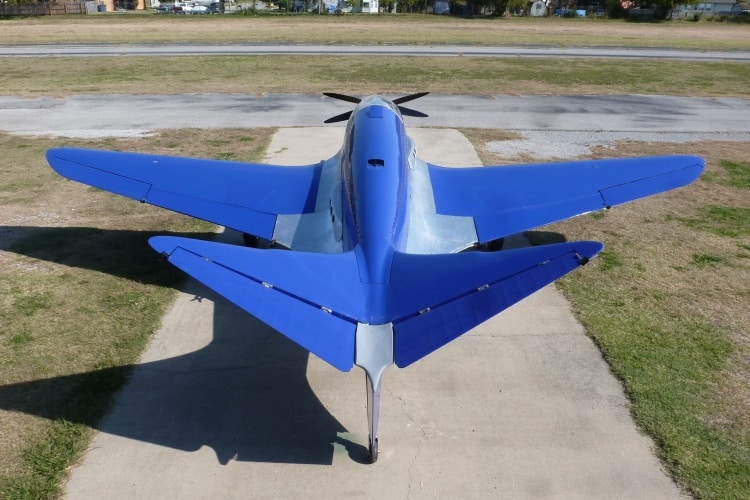It’s fair to say that UK industry isn’t exactly fully up to speed on Industry 4.0.
Indeed, despite often-repeated claims that the concept is going to revolutionise manufacturing there’s still a certain amount of confusion on these shores over what it actually is.
However, if the packed lecture theatre for the opening presentation in The Engineer’s 2015 conference (running until Thursday at the NEC, Birmingham) is anything to go by, the UK’s manufacturers are keen to find out more. And Dr Lina Huertas, from the Manufacturing Technology Centre, did a great job of demystifying industry’s latest buzzword and explaining how everyone - from giant OEMs to tiny manufacturing SMEs - stands to gain.
At heart, explained Huertas, it’s about using technology to make the most of the huge amount of data and information that exists throughout the supply chain. And thanks to developments in wireless technology, sensing, embedded intelligence and mobile devices, it’s now possible for everyone - to greater and lesser degrees - to make better use of this data. In an increasingly competitive marketplace that demands ever greater levels of flexibility embracing these changes will, she said, be essential to future success.
Huertas’ final message to attendees was simple: if you want to compete, and you want to be innovative, you need to know about the latest technology.
The packed auditorium throughout the rest of the day suggested that her message hadn’t fallen on deaf ears.
The subsequent presentation touched on a real-life manifestation of advanced manufacturing facilities in the shape of the AMRC’s factory 2050 – which is currently taking shape at the AMRC site in Sheffield and which, programme manager Dr Peter Osborne explained, will become the UK’s first fully configurable assembly and component manufacturing facility.
Looking even further into the future, Dr Chris Tuck gave delegates a fascinating glimpse of tomorrow’s manufacturing technologies and explained how he and his colleagues at the EPSRC centre for additive manufacturing in Nottingham are driving the development of jetting-based 3D printing techniques that could be used to print entire electronic devices in one shot. “We’re trying to push ourselves toward the star-trek replicator ideal” he told a rapt audience.
But the day wasn’t all about crystal-ball gazing: there was plenty of practical advice on hand from the likes of UKTI, which outlined how it’s helping businesses access markets in central and Eastern Europe, and also first hand advice from innovative SME Magna Parva on how to build relationships with OEMs.

Finally, in one of the undisputed highlights of the opening day’s programme, our gaze was shifted firmly into the past, to an aircraft developed over 70 years ago – the Bugatti 100P – and the inspiring efforts of a group of engineers to recreate an aircraft that was way ahead of its time. John Lawson, one the chief engineers on the project, explained how without the original engineering drawings (most of which have been lost) the team set about recreating this stunning aircraft, and are now poised to fly it for the first time. Watch this space.











Water Sector Talent Exodus Could Cripple The Sector
Maybe if things are essential for the running of a country and we want to pay a fair price we should be running these utilities on a not for profit...